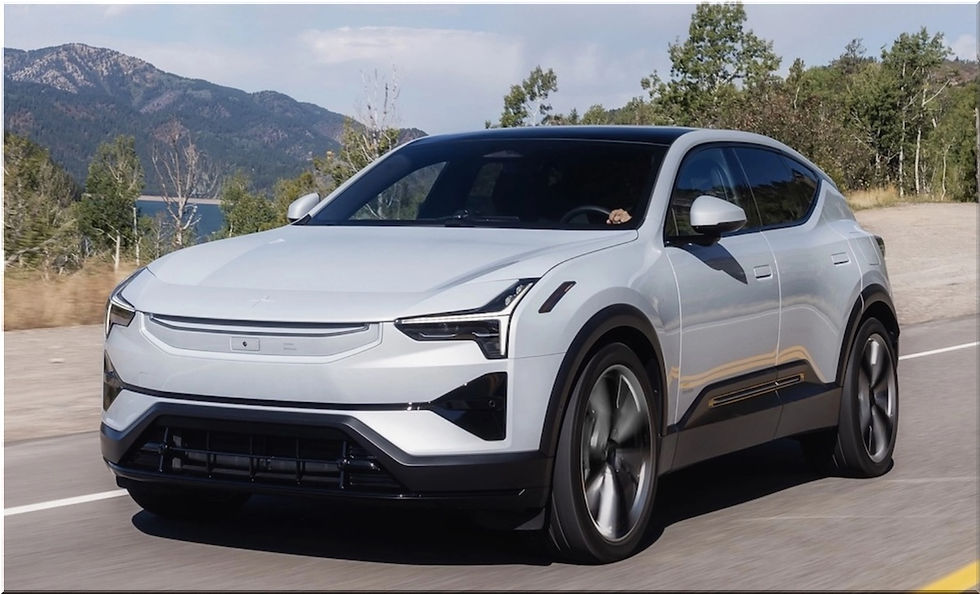How an Electric Vehicle Is Maintained
- Florin Me
- Feb 4, 2022
- 3 min read
If you have ever had a traditional gas-powered vehicle, you are probably aware of the routine maintenance necessary to keep it running. There are engine oil and filter changes every 3,000 to 5,000 miles, tire rotations and replacements as necessary, and brake pads and, eventually, rotors. The fluid check includes the brake, power steering, gearbox, and coolant. Additionally, you must inspect and occasionally repair hoses, belts, and seals and replace the windshield wipers and even the batteries every few years.
Compare that to what is necessary for an all-electric vehicle, which is less expensive to maintain over time and more economical to operate while charging at home. Conventional automobiles have dozens of mechanical components that require maintenance, repair, or replacement.

But on electric cars are no tune-ups, oil changes, cooling system flushes, spark plugs, drive belts, gearbox, or differential service costs with an electric vehicle. In addition, electric cars have no failing fuel or water pumps, no leaky engine gaskets, and no gummed-up fuel injection system. Indeed, electric cars, despite their incredible technology, are surprisingly simple to maintain and cost around one-third of what it generally costs to fix a gas-powered car.
How electric car maintenance is performed.
With your new electric car, you will save money on gasoline and maintenance. So, what can you expect in terms of maintenance for your electric vehicle? Automobile manufacturers recommend that EV owners perform a set of periodic checkups and servicing to maintain the vehicle's warranty. This is determined through a variety of mechanical checks.
What You Will Be Required to Service.
As is the case with any vehicle, you must check your tire pressure. Properly inflated tires result in increased mileage. Rotate and examine the tires for wear. You may ultimately require a wheel alignment depending on the tire tread condition. This becomes apparent as the automobile pulls to one side or the other. Replace the cabin air filter, inspect and replace the windshield wiper blades as necessary, and refill the windshield washer fluid. A certified technician may perform all of these specific services at your local dealership.
Maintenance plan of your electric car.
The maintenance plan for an electric automobile is relatively straightforward compared to the usual 30,000, 60,000, or 90,000 service intervals associated with gas-powered cars. Additionally, servicing is far less expensive.
Every thirty days:
Tire pressure should be checked.
Tires should be inspected for excessive wear.
Check the windshield washer fluid level and replenish as necessary.
At around 7,500 miles:
Rotate the tires.
Check the battery's coolant level.
The cabin heater, power inverter, auxiliary power, and charger modules should be inspected.
Check for unusual wear or damage to the brakes, steering, suspension, and chassis components.
Check for wear on the power steering and drive shafts.
Lubricate the door locks and check for evidence of suspension wear on the gas struts.
Examine the numerous light bulbs in the car and replace them as necessary.
Approximately 15,000 miles:
Replace the wiper blades on the windshield.
At 36,000 miles:
Alternately, replace the cabin air filter.
Approximately 75,000 miles:
Suspension gas struts should be replaced.
Coolant circuits should be drained and serviced.
The electric car battery.
While an electric vehicle's battery pack is the most expensive component to replace, manufacturers typically warranty battery components for eight years or 100,000 miles. In addition, certain automobile manufacturers provide extended warranties on their batteries. After several years of use, the batteries in an EV lose part of their range but continue to operate well. Many electric vehicle owners trade in their vehicle before the warranty expires to avoid dealing with the cost of replacing the battery pack, which can exceed $5,000.

Brakes.
Electric vehicles employ regenerative braking technologies. They utilize the kinetic energy generated by the vehicle's brakes to charge the battery. These systems survive far longer than traditional braking systems due to their gentler treatment of the brake pads.
There is no need to be concerned about the road ahead.
An ASE-certified technician may do all of the services listed here at your local dealership.




Comments